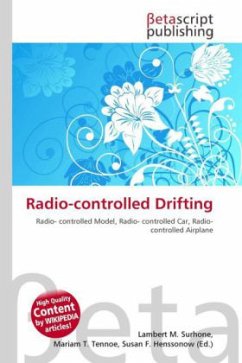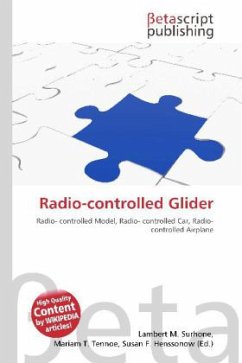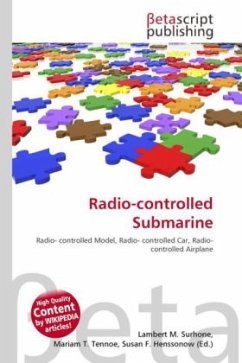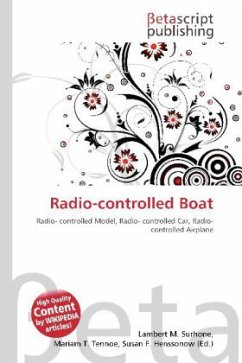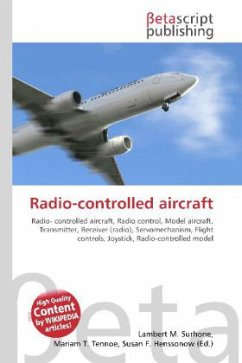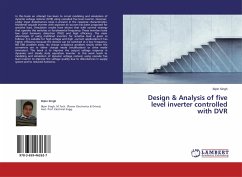Please note that the content of this book primarily consists of articles available from Wikipedia or other free sources online. Radio-controlled drifting refers to the act of drifting with a radio-controlled car (R/C car). R/C cars are equipped with low traction tires to aid in the ease of inducing and maintaining controlled oversteer. Car setups are often modified to allow the car to drift more easily, by replacing motors, shocks, tires, weight balance, brakes, and other factors. R/C drifting is typically performed with four wheel drive (4WD) electric R/C cars, although some practitioners use gas-powered (Nitro) R/C cars and/or rear-wheel drive vehicles. As a hobby, radio-controlled drifting is one of many variations of R/C car types and activities. Informal or formal practice events and competitions are held worldwide. When one judging R/C drifting competitions, R/C drifting typically follows the guidelines and judging criteria set by professional drifting organizations like the D1 Grand Prix. These judging criteria often include drift factors such as racing line, drift angle, speed, and show factor. Some R/C drifting competitions include the use of "tsuiso" or tandem-drift competition in which competitors are paired together to drift in a lead-chase format.
Bitte wählen Sie Ihr Anliegen aus.
Rechnungen
Retourenschein anfordern
Bestellstatus
Storno

